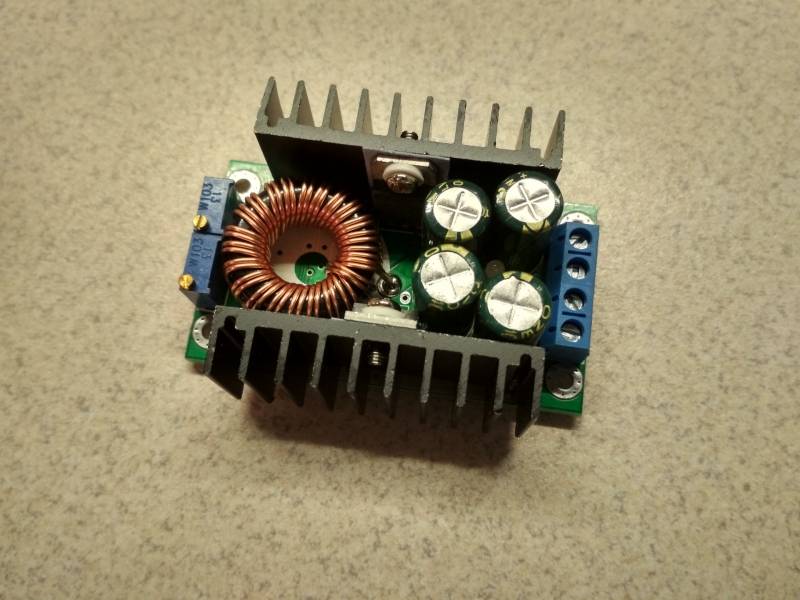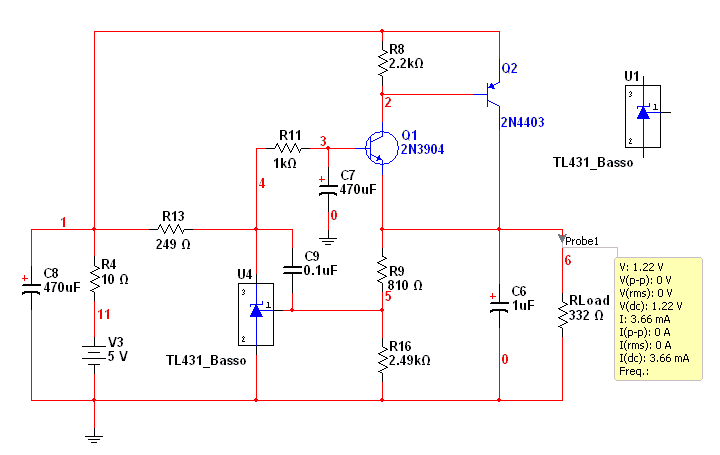if by bad connection, you mean one that has high resistance that could dampen the oscillations, then, yes it's possible. a bad connection somewhere within the feedback loop can cause oscillation as well. it depends on what component. another thing to keep in mind, is electrolytic capacitors, when they begin to dry out, have high ESR (Equivalent Series Resistance), which reduces the cap's ability to filter out high frequency noise and oscillation. usually, you can't tell by looking at them that electrolytic caps are dried out. sometimes they swell, or pop the top open. but the vast majority of them look ok. when you test them with an ESR meter (which is a 50khz or 100khz oscillator and an attached meter that reads the AC voltage across the capacitor) you can see immediately which ones are good or bad, and in most cases don't even need to remove them from the circuit to test them.
also, having 100mV ripple or noise riding on a 10V output is 1%, which is good enough for most uses. there are times you might want a very quiet rail voltage, but for most stuff, 1% is ok.





